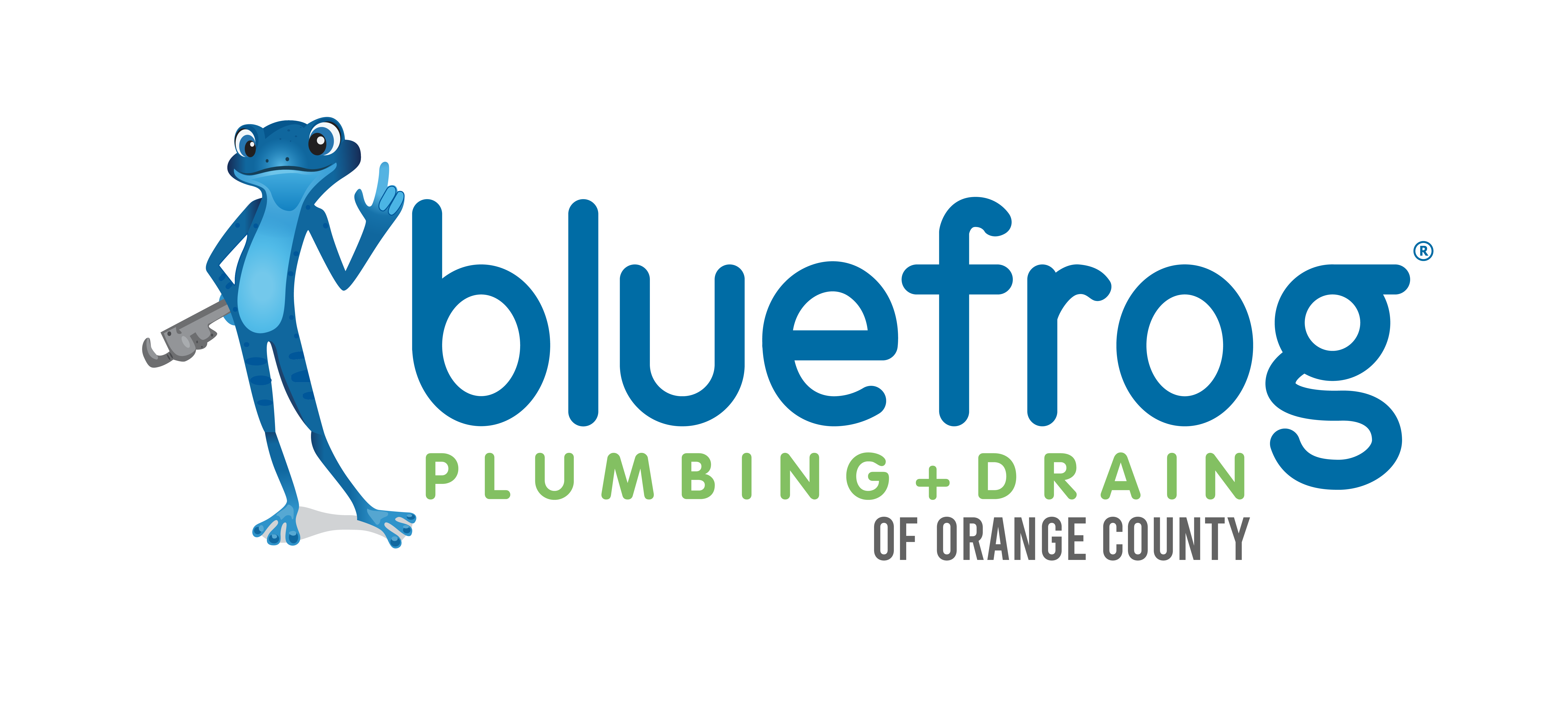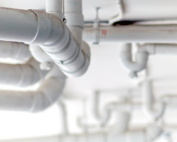Toilets became widespread in the mid-1800s as disposal fixtures used to remove human waste. They consist of a toilet tank and bowl combination and use a water-flushing system and toilet trap to push solid and liquid waste down the sewer pipe and into the public sewer system or private septic tank. Toilets are key in maintaining good personal hygiene and improving sanitation in our homes.
Like many components of a plumbing system, toilets can become clogged for various reasons. In this article, we will look at the common causes of toilet blockages and ways to not only fix them but also reduce the likelihood of them occurring in the future. We will learn how to remove clogs using simple homemade remedies to more advanced plumbing techniques and discover when it is time to call for professional help.
Common Causes & Types Of Toilet Clogs
Now, there are many different causes of toilet clogs and types of toilet clogs altogether. From a simple toilet bowl backup to a more serious sewer line clog, we will explore these toilet clog types in more detail below.
A Clog Inside The Toilet
The toilet is a simple fixture comprised of a water tank and a toilet bowl. After use, the handle is depressed to lift the flapper and release the stored water from the tank into the bowl. The force of the water rinses any waste in the bowl and sends it down the toilet drain. However, clogs can form slowing the draining process or stopping it entirely.
Improper flushing habits are to blame. It is essential to learn about what can and cannot go down the toilet and to educate family members and guests about the importance of adhering to these rules. Simply put, nothing should ever be flushed other than toilet paper and human waste. Unfortunately many use the toilet more like a trashcan disposing of feminine hygiene products, condoms, dental floss, ‘flushable’ wipes, and even too much toilet paper which can lead to clogs.
A Sewer Line Clog
Sewer lines are part of the plumbing system that carries waste from inside your home out to the septic tank or municipal sewer system. The sewer line can be responsible for backed-up toilets since the toilet drain pipe, along with all drains in the home, eventually empty here. If there is a problem with the sewer line waste material has nowhere to go.
Common issues with sewer lines range from tree root invasion to corroding pipe interiors that block the pipe’s interior. In addition, grease disposed of in the kitchen drain can cool and congeal creating blockages. It is never a good idea to pour grease, fats, and oily products down the drain. Aging plumbing deteriorates and can cause sewer lines to crack or even collapse. All of these issues can cause your toilet to back up.
A Sewer Main Line Clog
The sewer main is owned by the city and can also be the cause of toilets malfunctioning. Construction in the area can cause sewer lines to shift and break allowing sewage to seep out and possibly contaminate your water supply. Municipal sewer lines are not without tree root issues or clogs from objects being flushed with children’s toys being the #1 culprit. Fats and grease along with non-biodegradable solids such as wet wipes can combine to create what is known as a fat burg in the sewer line. This is a rock-like mass that forms and creates massive problems in the city’s sewer system.
Septic Line And Septic Tank Backups
Not all homes are connected to the public sewer but instead have on-site septic systems. These consist of a plumbing line connecting the house to a septic tank where all waste is collected. The solid waste products sink to the bottom of the tank while the liquid waste is disposed of in a connecting drain field.
The connecting pipe can develop clogs and prevent toilets from flushing properly. In addition, the storage tank can become full and not have adequate space available to accept the wastewater exiting the home. In these cases, the wastewater reverses direction and ends up on the bathroom floor or emptying into sinks and tubs.
Common Toilet Clog Symptoms
When a drain pipe becomes clogged whether inside the toilet fixture itself or far away in the sewer line there are common symptoms one can expect.
Slow Draining Toilet
A slow-to-drain toilet bowl is one symptom to watch for although not always related to clogs. Every plumbing line in your home is connected to a vent pipe that extends through the roof outdoors. This vent releases sewer gasses but is also responsible for maintaining proper pressure in plumbing pipes. A blocked drain could be the reason your toilet empties slowly.
Water On The Bathroom Floor
Another common symptom is finding pooling water on the floor at the base of your toilet. A clogged toilet can result in water leaking out of the base of the toilet or even worse become a hidden leak under the fixture causing costly damage and even dangerous mold growth.
Overflowing Toilet Bowl
Perhaps the worst symptom of a clogged toilet is an overflowing toilet bowl. This can be the result of a clog or, if you turn off the water supply and sewage continues to run, from a sewer system malfunction. Either way, you will have a smelly mess on your hands and some serious issues to rectify.
Methods Of Unclogging Toilets
Now we will take a look at some ways to fix toilet clogs and learn when it is time to call in a professional plumber to help. Before attempting any sort of repair effort it is wise to shut off the water main valve, empty the bowl and tank, cover the area around the toilet with towels, and don gloves and safety glasses.
Homemade Toilet Unclogging Remedies
Begin your attack on your clogged toilet by assuming your clog is minor and can be removed using ingredients commonly found around the home. A half cup of dish soap followed by very hot water often does the trick. Be certain not to use boiling water as it can crack the bowl. It is recommended to pour the water from chest height in order to increase the pressure and help slid the clog away.
If the clog remains a combination of baking soda and vinegar can be added to the bowl and after 30 minutes add hot water again. These natural ingredients are far superior to commercial drain cleaners which should always be avoided.
The next attempt can be made using a wet vac. Simply plug it in and wrap a towel around the nozzle to create a seal between the vacuum nozzle and the drain hole. You are attempting to suck out the material that has combined to form the clog.
Using A Toilet Plunger
If you are still unsuccessful you need to purchase a toilet plunger. Toilet plungers differ from standard cup-style plungers in that they have a flange attached that fits tight into the drain opening. Insert the flange into the drain and begin pumping gently, gaining speed and force as you go on. Usually 20-30 thrusts clear most clogs.
Utilizing A Drain Snake
Next in line is a drain snake, specifically known as a closet auger for use in toilets. This type is best as it can maneuver around the first S-bend where many clogs first form. This is a 25-foot coiled roll of tubing with a corkscrew-type tip at the end that is fed into the drain line until it stops at the blockage. By turning the handle clockwise the goal is to catch the clog with the corkscrew tip and gently pull it out and open the drain.
Call The Professionals
If all of these rescue attempts fail it is probably a sign that the blockage rests far below the toilet base and cannot be relieved through gentle efforts. When you have taken these steps but your toilet is still clogged it is time to call in a drain cleaning plumber professional. They have the experience and expertise to locate the problem and the specialized equipment needed to make the necessary repairs.
Prevention Of Future Clog Issues
Prevention begins by learning proper waste disposal methods in the kitchen and bath. It also includes signing up for yearly maintenance of your entire plumbing system. Maintenance includes such things as sewer line cleaning and inspection using a plumbing video camera. It also includes prompt repair or repiping of damaged pipes or those that have outlived their usefulness. Yearly inspections and emptying of septic tanks are required to keep plumbing lines open and flowing and maintenance of the drain field should be included. Keeping plumbing fixtures up to date and purchasing ones that meet high standards for efficiency can help prevent future problems as well.
Have A Sewer Line Or Toilet Clog In Orange County?
As we have learned there are various reasons for a toilet to clog with some of them being beyond our control. We offered several simple steps for unclogging a toilet and were reminded that chemical cleaners are too harsh on plumbing pipes to be considered. Knowing what not to do is as important as knowing what works. We also saw that stubborn clogs and issues further down the line may need the experience of a professional plumber who has the proper equipment to free your blockages and get your toilet working again and ready to complete the task for which it was designed.
If you need a reliable plumber in Orange County, our team is available to come to your home or business and asses your toilet issues. Simply contact us today to get on our schedule!

Slab Leaks: A True Plumbing Emergency
Home building following World War II was aggressive, so many houses were built on cement foundations to reduce the time it took to build them and to keep costs at a minimum. They were
How To Extend The Life Of Plumbing Pipes
A plumbing system consists of a complicated series of pipes, fixtures, and appliances that provide the infrastructure to run a well-functioning home. In this article, we will focus solely on plumbing pipes and ways
3 Silent Signs You Have A Plumbing Problem
Some plumbing issues announce themselves with a fury such as a drain backing up with sewage or a burst pipe, while others remain silent and destructive. In this article, we will reveal 3 signs



